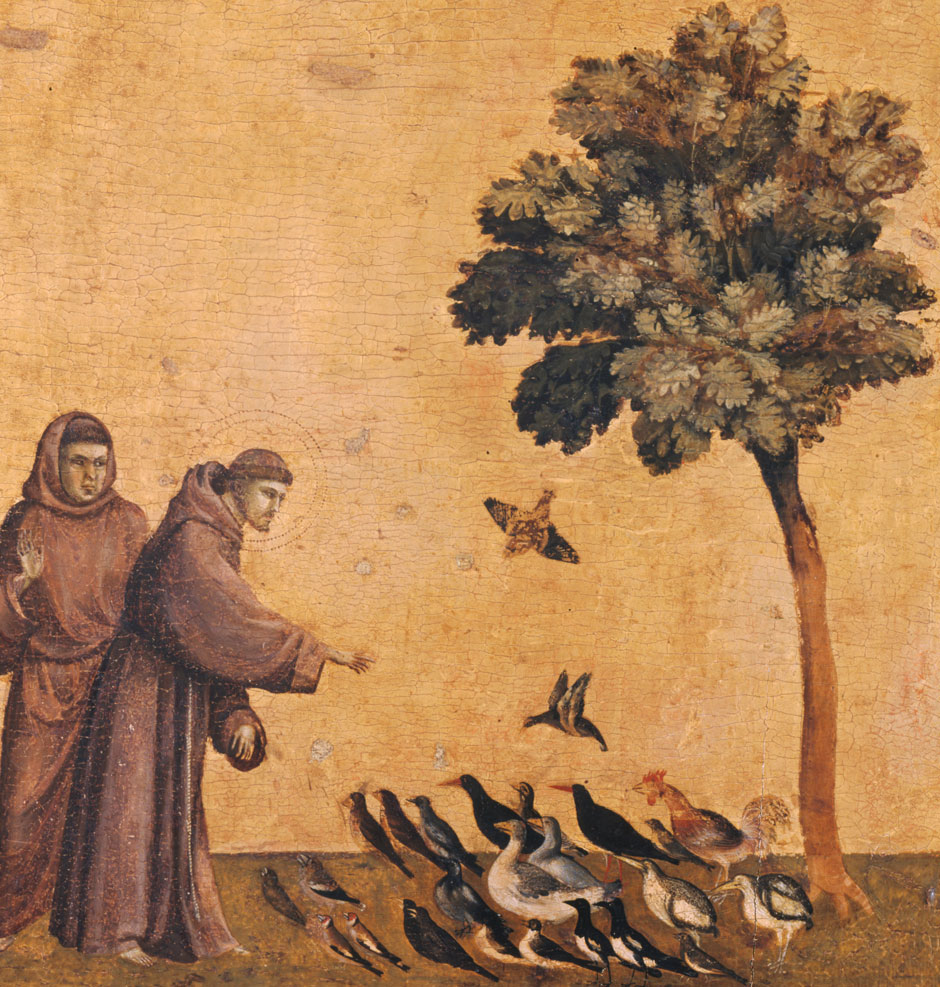In 2005, when Joseph Ratzinger was elected pope, the man who won the second-highest number of votes in the conclave was Jorge Mario Bergoglio, who would be chosen eight years later. Asked in 2005 what name he would have taken, had he been elected, he answered, John XXIV, after “il papa buono…I would have been totally inspired by him.” Though John XXIII is popularly known for introducing changes in the church, he did not impose them from above, but called the Second Vatican Council (1962-1965), in which bishops summoned a whole generation of theologians who had been silenced by Pius XII, and they changed the church.
Pope Francis seems to be following a similar strategy now that he is the pope, so the name would have been equally appropriate when he was elected in 2013. But he was given eight years to think of a name with deeper meaning, and he chose one no other pope has used, for a very good reason. Francis of Assisi was not a priest, and this pope is a searing critic of careerism among clerics. There is a further aspect of Francis’s non-priestly status, as I just learned from a great new book, Medieval Christianity, by Kevin Madigan, the Winn Professor of Ecclesiastical History at Harvard Divinity School. Madigan points out that Saint Francis and his “little brothers” (fraticelli) were trailblazers as preachers of the Gospel to lay persons, since “parish priests were almost never trained to give sermons,” and therefore did not give them. After the success of the friars in this field, bishops sent their priests to learn from these non-priests how to speak to the people. “The friars made the sermon a part of ordinary liturgical experience in the thirteenth century.” In this closeness to the laity, Pope Francis earns the name he has chosen. He tells bishops and priests to get out of their palaces and rectories, to go to “the periphery,” where they can get “the smell of the sheep.”
Madigan points out another thing this pope has in common with his namesake. In 1219, Francis traveled to Egypt to carry the words of Jesus to the Sultan al-Kami, a nephew of the great Saladin. The sultan was besieging the city of Damietta near the mouth of the Nile, which was held by Christian soldiers, and Francis took advantage of a truce to slip through the two armies and tell the sultan about Jesus. Madigan writes, “A good indication of Francis’s deep conviction and sheer tenacity is that all this occurred as the Fifth Crusade…was in progress.” While others were trying to make converts with the sword, he communicated the words of Jesus by dialogue. The sultan heard him out, and though he was not converted, he sent him safely back through the lines. Saint Francis had his own personal magic passport.
Pope Francis, too, communicates with Muslims, and is trying to prevent a modern holy war. As the archbishop of Buenos Aires, he became the friend of the city’s Muslim sheik, visiting his mosque and praying at his funeral. As pope, Francis has praised the Koran and said Christians can learn from its spirituality. By contrast with those who condemn the Koran without reading it, the pope said in his major statement so far, The Joy of the Gospel, that “authentic Islam and the proper reading of the Koran are opposed to every form of violence.”
In a number of states with Republican majorities there are panicky attempts to prevent the adoption of sharia law in this country, as if that were being secretly imported into their backyard. These alarms are being raised by people who have no idea what sharia law is. They believe it is nothing more than the bark of Lewis Carroll’s Red Queen: “Off with their heads!” The pope knows what scholars have discerned, that sharia law is a complex historical record of past tribalisms and rich developments. They see what N. J. Coulson wrote of, in his authoritative A History of Islamic Law:
A tree, whose network of branches and twigs stems from the same trunk and roots; a sea, formed by the merging waters of different rivers; a variety of threads woven into a single garment; even the interlaced holes of a fishing net: these are some of the metaphors used by Muslim authors to explain the phenomenon of *ikhtilāf*, or diversity of doctrine, in Shari’a law.
It is better to take Coulson as our guide and interpreter than those who think the Red Queen sums up sharia law. Or, better yet, we should listen to the modern Francis, going through army lines with a message of love.



